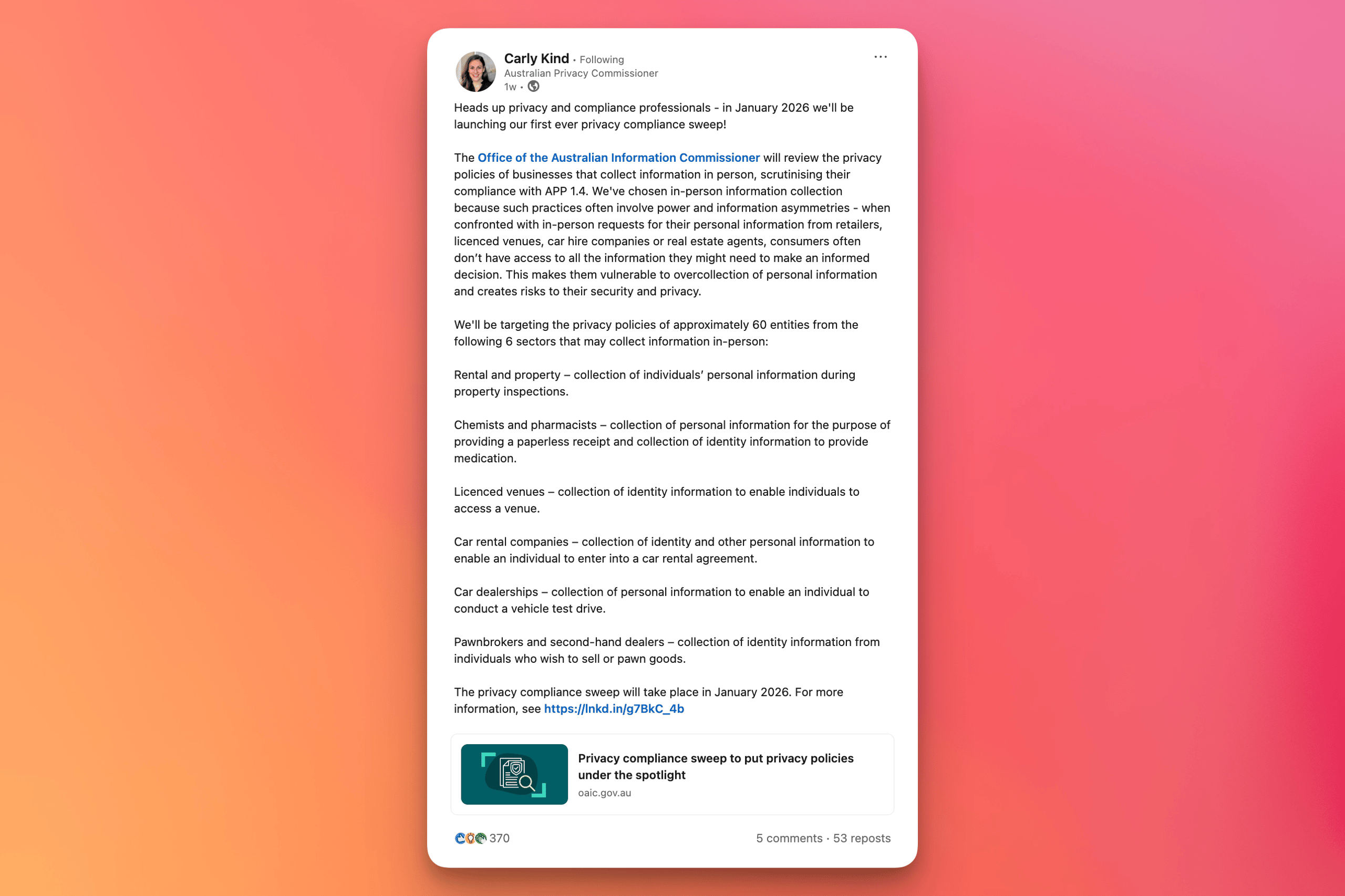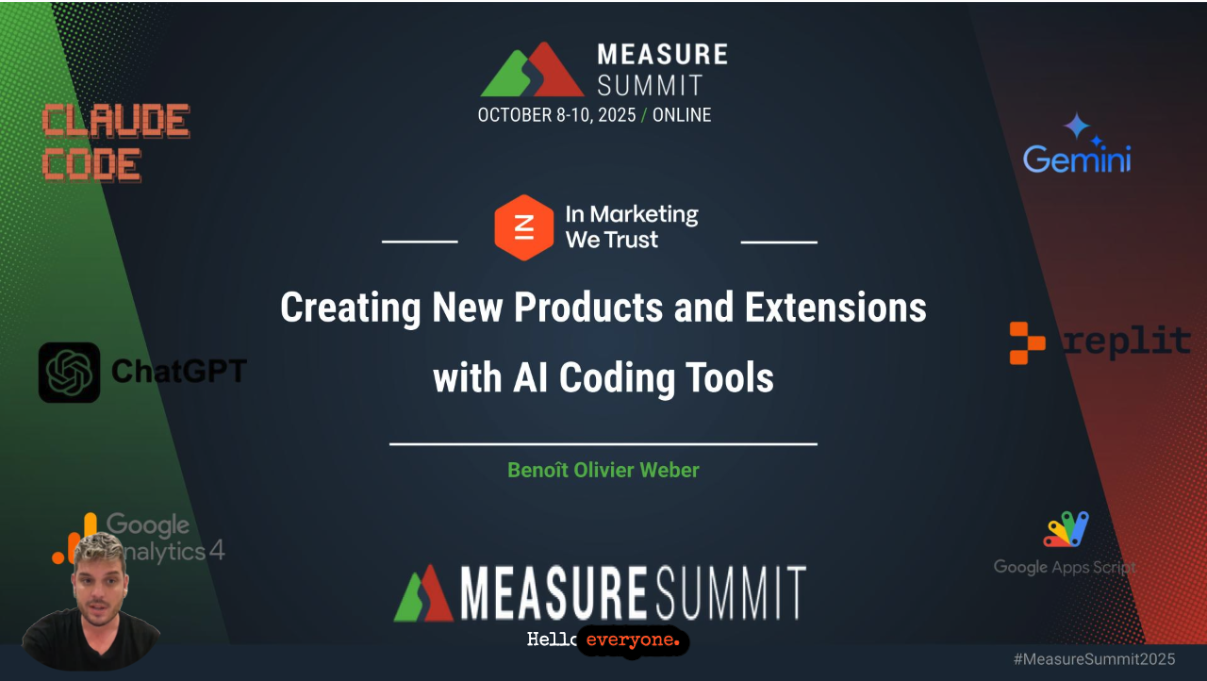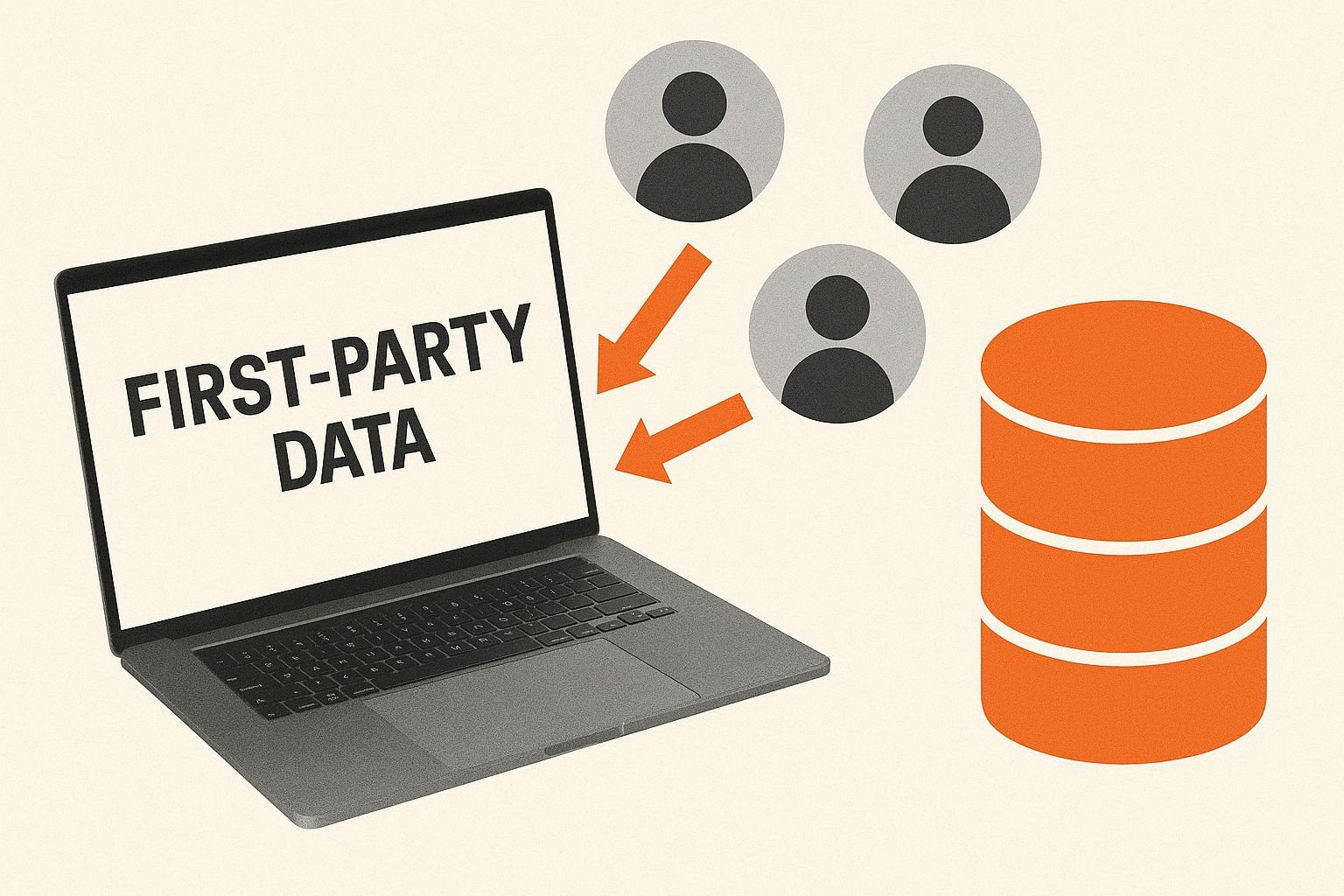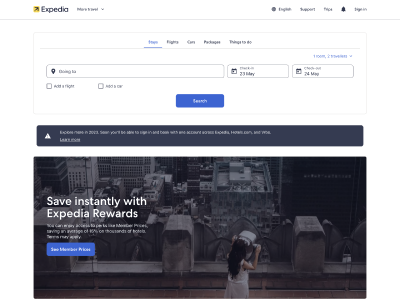Definitions and Guide to Attribution Models
Update: Please note that Google has now retired first-click, linear, time-decay and position-based attribution models in Google Analytics 4 and Google Ads as of September 2023. Google Analytics now defaults to data-driven attribution. The below guide is still a fantastic guide on attribution models with information on what’s available in Google Analytics 4.
What Is an Attribution Model in Google Analytics?
Google Analytics defines an attribution model as “[…] the rule, or set of rules, that determines how credit for sales and conversions is assigned to touchpoints in conversion paths”. There are a range of attribution models, which can be divided into the categories of single-touch and multi-touch. They provide information on the touchpoints that lead to conversion. Choose the model that gives you the most beneficial data.
Why You Should Use Attribution Modelling
Using the Google Analytics attribution model can provide many insights into your business. Learning how your marketing channels work in tandem, the role various factors played in conversion, and how to best attribute these conversions can be invaluable. Analysing your sales funnel in this way also allows you to trim back the elements of your marketing strategy that are less effective for achieving both your goals and conversions.
TL;DR? Here’s our quick image guide to standard Google Analytics attribution models.

Want more? Read on to learn more about each type of attribution model, including Google Analytics 360’s Data-Driven attribution model.
Single Touch Attribution Models
Single Touch attribution models focus on one component of the conversion process, giving you data surrounding the specific touchpoints that are interacted with at these stages. This means you will miss a large portion of the data, but you can focus on specific interactions with greater precision. There are four main types of Single Touch attribution models:
- Last Interaction
- First Interaction
- Last Non-Direct Click
- Last Ad Click
Each of these marketing attribution models has a specific usage, and which one should you use depends on the insights you wish to gain. In order to help you determine this, a constant example will be used throughout each model’s explanation.
Example
A user has initially interacted with a Facebook ad for your e-commerce site. A week later, they click on a Google Ad. They then join your mailing list the same day and receive an email from your latest campaign in which they click a link that goes to your blog. Finally, they access your site by typing in the URL and make a purchase.
Last Interaction
The Last Interaction attribution model gives all the credit to a customer’s final pre-conversion touchpoint. In our example, 100% of the credit goes to direct. However, it does ignore the remaining touchpoints. This model is therefore very effective for short sale cycles where few touchpoints are involved, or for smaller businesses with few touchpoints available.

First Interaction
The First Interaction attribution model gives credit to the often underappreciated first touchpoint. Our example shows that all the credit for this conversion would go to the Facebook ad. This model can help you understand which advertising formats are most frequently the initial point of contact, and can help you to place more importance on these areas to make a lasting impact on potential clients. This can be vital if you have a long sales cycle, or if you want to improve your brand loyalty. Note that first-click is no longer available in Google Analytics 4.

Last Non-Direct Click
The Last Non-Direct Click attribution model is effectively the same as the Last Interaction model. However, it ignores all direct traffic. In the example, credit no longer goes to the final, direct touchpoint, but to your email campaign. This information can be more valuable, as you can focus in on which advertising efforts are producing the greatest number of conversions. This was the default attribution model used by Universal Analytics.

Last Ad Click
The Last Ad Click attribution model will give the recognition to your final Google Ads interaction. If this touchpoint is at all present in your conversion path, it will receive all the credit. If it is not, it reverts to the Last Interaction model. In our example, there is a Google Ads interaction, so it will receive all the credit. The importance of this model is that you can determine what your returns are on your various Google Ads campaigns, and decide which are the most effective.

Multi-Touch Attribution Models
Multi-Touch attribution models focus on the entire conversion process or part of the conversion path, giving you information on how parts of your marketing strategy work in tandem, as well as allowing you to see the big picture of conversions. Not all conversion steps are necessarily taken into consideration however (the minimum would be 2 conversion steps).
There are four main types of Multi-Touch attribution models:
- Linear
- Time Decay
- Position Based
- Data-Driven
Each of these marketing attribution models distributes the importance of each touchpoint in a conversion differently, and which model you should use depends on the data you require.
Linear
The Linear attribution model gives equal credit to each touchpoint in the conversion process. In our case, this means the Facebook ad, Google ad, email, and direct all receive 25% of the recognition. This model can give a good overview of all the touchpoints that lead to a conversion. However, the way it assigns value to each touchpoint is not very indicative of their actual impact on the user. Note that linear attribution is no longer available in Google Analytics 4.

Time Decay
The Time Decay model gives more credence to the touchpoints that occurred later in the conversion process. For our example, direct would receive the most credit, followed by email and then your Google ad, then the Facebook ad, seeing as it occurred over a week before purchase. This makes the model a fairly realistic representation of the user’s interactions with your brand and is especially helpful for visualising long sales cycles. Note that time-decay is no longer available in Google Analytics 4.

Position Based
The Position Based attribution model is also commonly referred to as the U-Shaped model, due to the first and last touchpoints each receiving 40% of the credit, and the remaining 20% being shared evenly amongst the remaining touchpoints. In our example, the Facebook ad and direct would each receive 40%, while the Google ad and email campaign would each receive 10%. This model is especially helpful if you appreciated the specific insights of the single touch models, but want more of a big picture view of the conversion process. Note that position-based is no longer available in Google Analytics 4.

Data-Driven
The Data-Driven model is Google Analytics’ algorithmic attribution model. It uses machine learning to decide how much importance each touchpoint should be given, and will create a new attribution model for every case. This allows it to give the most comprehensive analysis of the conversion process, giving you the best information to help your campaigns going forward. Note that this is now the default data attribution model in Google Analytics 4.
Which Attribution Model is Best?
There is no simple answer to which Google Analytics attribution model is best. It depends greatly on your needs as a company, and what you need the model to achieve. If you have many available touchpoints, you will need a more comprehensive multi-touch attribution model. If you are a smaller company, then a simple single-touch model will likely fit your needs. It’s best to experiment with your data and see what model works best for you. If you’re still unsure, contact us to speak to one of our Analytics specialists.













